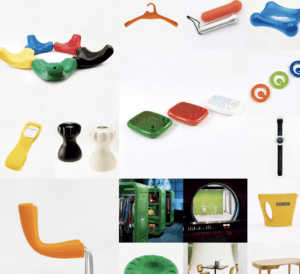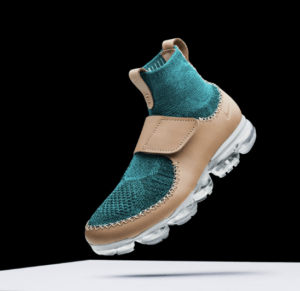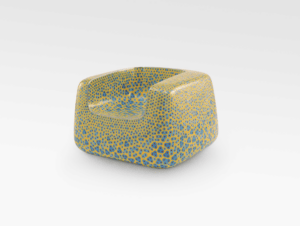First, I would like to confess that I do not entirely agree with Dieter Rams. Yes, as an appreciator of somewhat minimalistic and functional design, I prefer the kind of design Dieter Rams describe as a good design. However, I believe that sometimes very useless designs might bring joy to people just by having high aesthetic value (in their opinion).
That being said, feel like a lot of the products developed by Newson and Rashid possess this aesthetic value that is one of the main reasons why people might want to buy their products.
Rashid has a very distinctive style that largely relies on bold geometric forms and saturated colors (and their combination).
Marc Newson, while also having quite bold approach to colors and shape, seems to have a bit more experimental approach to shape (a lot of liquid-like, elegant shapes).
From that perspective, both designers have a very high aesthetic value to their creations.
As for the rest:
- Innovativeness
I believe both artist embody a relatively innovative technology (where it is appropriate). I found it really hard to evaluate their products using this parameter.
- Makes a product useful
I believe both designers probably make their product useful. At least for me nothing stood out as terribly unusable.
- Understandable (User friendly)
By the looks of it – yes. But I believe this criteria could only be approached if the product is tested by yourslef.
- Unobtrusive
Here, according to the design pricnciple, both designers fall short sometimes. The principle states that: “Products fulfilling a purpose are like tools. They are neither decorative objects nor works of art. Their design should therefore be both neutral and restrained, to leave room for the users self-expression.”
Which is not really the style of most of the products by both designers. A lot of other designs are much more “restrained and neutral”.
- Honest
Pretty sure that in the reality of capitalism this is almost not feasible.
- Long-lasting
Again, probably have to test it to actually comment on this one.
- Thorough
Plenty of details in the products. However I would say that it would be wrong to say that NONE of the products have anything excessive. I am sure some of them have details that are just there to add to the visual value.
- Environmentally friendly
Highly doubt that!
- As little design as possible
Again, I believe there are a lot of things that could be “less” in both designers’ works.
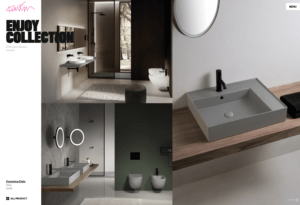
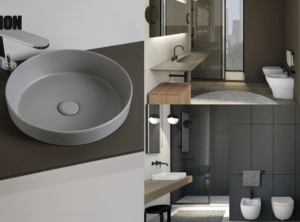 Maybe the reason is that I’ve been looking at a lot of interior designs lately and this matte texture and the appropriate color (from my perspective) was something that has drawn my attention. I just like matte stuff.
Maybe the reason is that I’ve been looking at a lot of interior designs lately and this matte texture and the appropriate color (from my perspective) was something that has drawn my attention. I just like matte stuff. 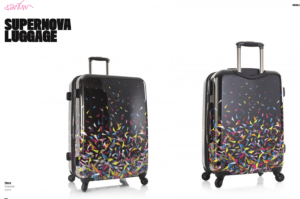 yeah. from my perspective it just looks ugly. It kind of fits into his aesthetics though (the patterns and the colors) however it just doesn’t appear nice to me. I would not buy this suitcase. plus, it is not very noticeable in the airport. I would expect a bright pink color (just from the perspective of functionality and his aesthetic).
yeah. from my perspective it just looks ugly. It kind of fits into his aesthetics though (the patterns and the colors) however it just doesn’t appear nice to me. I would not buy this suitcase. plus, it is not very noticeable in the airport. I would expect a bright pink color (just from the perspective of functionality and his aesthetic). 